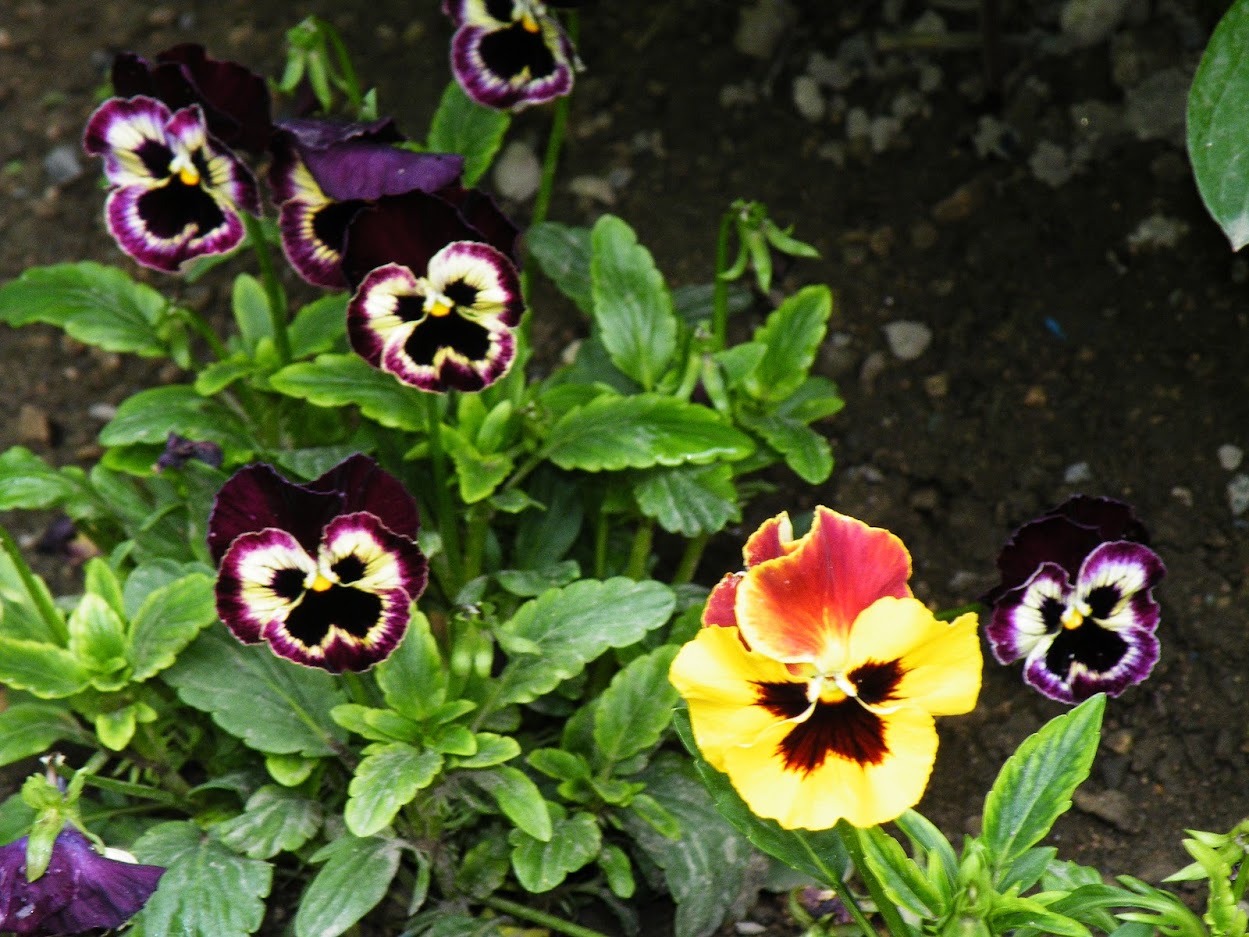Nobody can keep on being angry if she looks into the heart of a pansy for a little while.
Lucy Maud Montgomery
It is hard to imagine a colourful flower bed without pansies, and children are not the only ones who find their rich colours and velvety petals fascinating. The many varieties available to gardening enthusiasts under the scientific name Viola wittrockiana all derive in part from Viola tricolor. The wild pansy that is at home in fields and dry pastures and is the focus of our portrait. Those of us familiar with the garden cultivars feel astonishing at the tiny size of the wild flowers, which are only about two centimetres across. In fact, we should be more surprised at the large garden flowers. Which are the result of cross-breeding and painstaking selection.
The wild pansy, which we more commonly know as heartsease and flowers from May to August, also displays a variety of colours: it mixes yellow, blue, purple and white into the wide range of hues that give meadows such vibrancy. The annual to perennial plants can reach a height of up to 30 centimetres, and there is no need to worry about the following year’s crop. Each fertilised flower produces a seed capsule which opens by three valves to expel and disseminate numerous seeds. Small, white appendages to the seed, so-called elaiosomes, also aid distribution. Ants love these appendages, which are rich in fat, and drag the seeds to their nests. There they separate the nourishing appendage from the seed, which is then thrown out of the nest again.
More photos in our gallery- https://iphoto365.com/gallery/
Pinterest- https://www.pinterest.com/iphoto3657/_saved/
For non-commercial use

